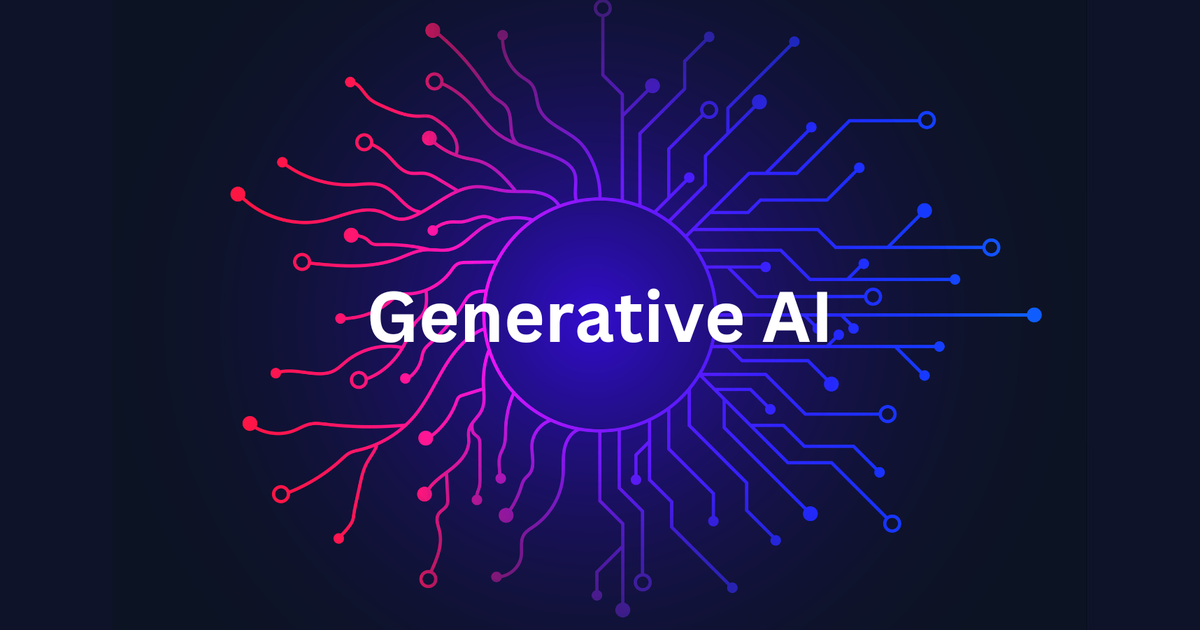At a Glance
- Understand how AI governance tools enhance enterprise risk management
- Learn why traditional frameworks are no longer enough
- Explore leading tools improving compliance, transparency, and accountability
- See how automation and explainability reshape responsible AI
- Discover how AI governance supports ethical, scalable innovation
- Get answers to key AI governance and compliance FAQs
Introduction
AI governance and risk management are no longer optional — they’re business imperatives. As AI systems become embedded in decision-making, organizations must establish comprehensive controls to protect against compliance failures, ethical risks, and operational disruptions.
The growing complexity of AI models and datasets demands structured governance frameworks and automated risk management tools. These tools ensure not just compliance but also the responsible, transparent, and ethical use of AI across industries.
Why Traditional Risk Frameworks Fall Short
Traditional risk management systems are often rigid, manual, and reactive. They struggle to adapt to the dynamic, probabilistic nature of AI — where bias, data drift, and model opacity create new forms of risk.
Modern enterprises now face challenges like:
- Inconsistent data governance
- Lack of explainability in model outcomes
- Difficulty tracking regulatory compliance across jurisdictions
- Absence of centralized oversight on AI lifecycle
→ This gap is fueling the rise of AI governance tools — software designed to integrate ethics, accountability, and compliance directly into the AI development and deployment process.
Benefits of a Strong AI Governance and Risk Management Framework
1. Enhanced Risk Mitigation
AI governance tools enable proactive risk detection and correction by continuously monitoring AI models for bias, drift, and ethical non-compliance. This reduces exposure to legal penalties, reputational damage, and financial loss.
2. Better Decision-Making
When organizations understand their AI risks, they can make more informed, strategic decisions. Tools that track explainability and fairness metrics allow businesses to choose models that align with ethical standards and compliance requirements.
3. Transparency and Accountability
Embedding explainability, traceability, and documentation into AI workflows ensures that every automated decision can be justified. This is key for building trust with regulators, partners, and customers alike.
How AI Governance Tools Improve Risk Management Strategy
Enhanced Risk Identification and Assessment
AI-powered tools continuously monitor algorithms for bias, drift, or unethical behavior. They leverage big data analytics, anomaly detection, and predictive scoring to detect risks early — offering actionable insights before harm occurs.
Example: IBM’s watsonx.governance and OneTrust AI Governance provide continuous model validation dashboards to flag bias, data leakage, or non-compliant model updates.
Improved Risk Mitigation and Control
AI governance tools help organizations enforce fairness, privacy, and security by embedding compliance requirements directly into the model lifecycle.
Tools such as Credo AI or Holistic AI help detect and mitigate hidden biases and ensure alignment with laws like GDPR, EU AI Act, and ISO/IEC 42001.
Enhanced Compliance and Accountability
Modern AI governance platforms centralize documentation, audit trails, and policy enforcement. They ensure every model and dataset adheres to internal standards and global regulations.
Platforms like OneTrust and Kyndryl integrate automated compliance mapping, helping enterprises align AI use cases with frameworks like NIST RMF, ISO 27001, and upcoming AI Act obligations.
Increased Transparency and Trust
Explainable AI (XAI) is now a central element in governance tools. It provides visual interpretability of model outcomes, enabling businesses to understand decision logic.
According to Kyndryl, organizations that adopt explainable AI frameworks see 30–40% faster regulatory approval cycles due to improved transparency.
Key AI Governance Tools Leading in 2025
1. OneTrust AI Governance
Offers policy automation, regulatory alignment, and bias detection dashboards. Integrates directly with enterprise data ecosystems.
2. IBM watsonx.governance
Provides explainability, lifecycle tracking, and AI model inventory management. Ideal for regulated industries.
3. Credo AI
Focuses on responsible AI compliance, enabling model risk assessment, and framework benchmarking against laws like GDPR or the AI Act.
4. Holistic AI
Specializes in automated bias auditing, ethical assessment, and model certification.
5. CloudNuro
Helps organizations assess and benchmark generative AI risk maturity using quantifiable scoring models.
6. Kyndryl AI Governance Platform
Integrates governance with cybersecurity, offering cross-domain compliance visibility and human-in-the-loop oversight for enterprise AI.
Integrating Governance into AI Lifecycle
To operationalize governance, organizations must embed control points at every stage:
- Data Collection: Enforce consent and provenance tracking
- Model Training: Apply fairness and robustness testing
- Validation: Conduct third-party audits or bias reviews
- Deployment: Use drift monitoring and rollback mechanisms
- Post-Deployment: Maintain continuous oversight and compliance reporting
Adding governance checkpoints early prevents costly redesigns later — and builds organizational resilience.
How AI Governance Fuels Ethical and Scalable Innovation
Beyond compliance, governance tools create an ethical innovation ecosystem. By embedding principles like fairness and transparency into design workflows, businesses can scale AI responsibly.
Kyndryl emphasizes that organizations combining governance and security see improved trust across stakeholders, enabling faster AI adoption.
These tools don’t slow innovation — they accelerate it by providing confidence, reducing rework, and fostering regulatory readiness.
Driving Scalable and Ethical Innovation
AI governance tools empower organizations to grow responsibly. They integrate ethical guidelines, audit trails, and real-time monitoring, ensuring innovation doesn’t compromise integrity.
By balancing compliance with creativity, businesses can align AI deployment with both strategic goals and societal expectations.
Conclusion
As AI becomes core to modern business operations, robust AI governance tools are now a strategic necessity. They provide automated, adaptive, and auditable frameworks that support:
- Proactive risk identification.
- Ethical and regulatory compliance.
- Transparent and explainable AI operations.
- Stakeholder trust and innovation confidence.
Investing in AI governance tools means investing in the future of trusted intelligence.
Businesses that adopt these solutions early will lead in innovation, resilience, and regulatory confidence — shaping a safer, more transparent AI-driven world.
FAQs
Q1. What are AI governance tools?
AI governance tools are software solutions that manage and monitor AI systems for compliance, ethics, and performance — ensuring responsible and transparent use.
Q2. How do AI governance tools support risk management?
They help identify, assess, and mitigate risks like bias, drift, or privacy breaches through automated monitoring, documentation, and alerts.
Q3. Why are traditional risk management frameworks inadequate for AI?
Traditional models lack automation and fail to address the dynamic risks posed by AI, such as algorithmic bias or data misuse.
Q4. What are the leading AI governance tools in 2025?
Top tools include OneTrust, IBM watsonx.governance, Credo AI, Holistic AI, CloudNuro, and Kyndryl.
Q5. How can AI governance improve business innovation?
By ensuring transparency and ethical safeguards, governance tools enable faster AI scaling without regulatory delays or reputational risks.



